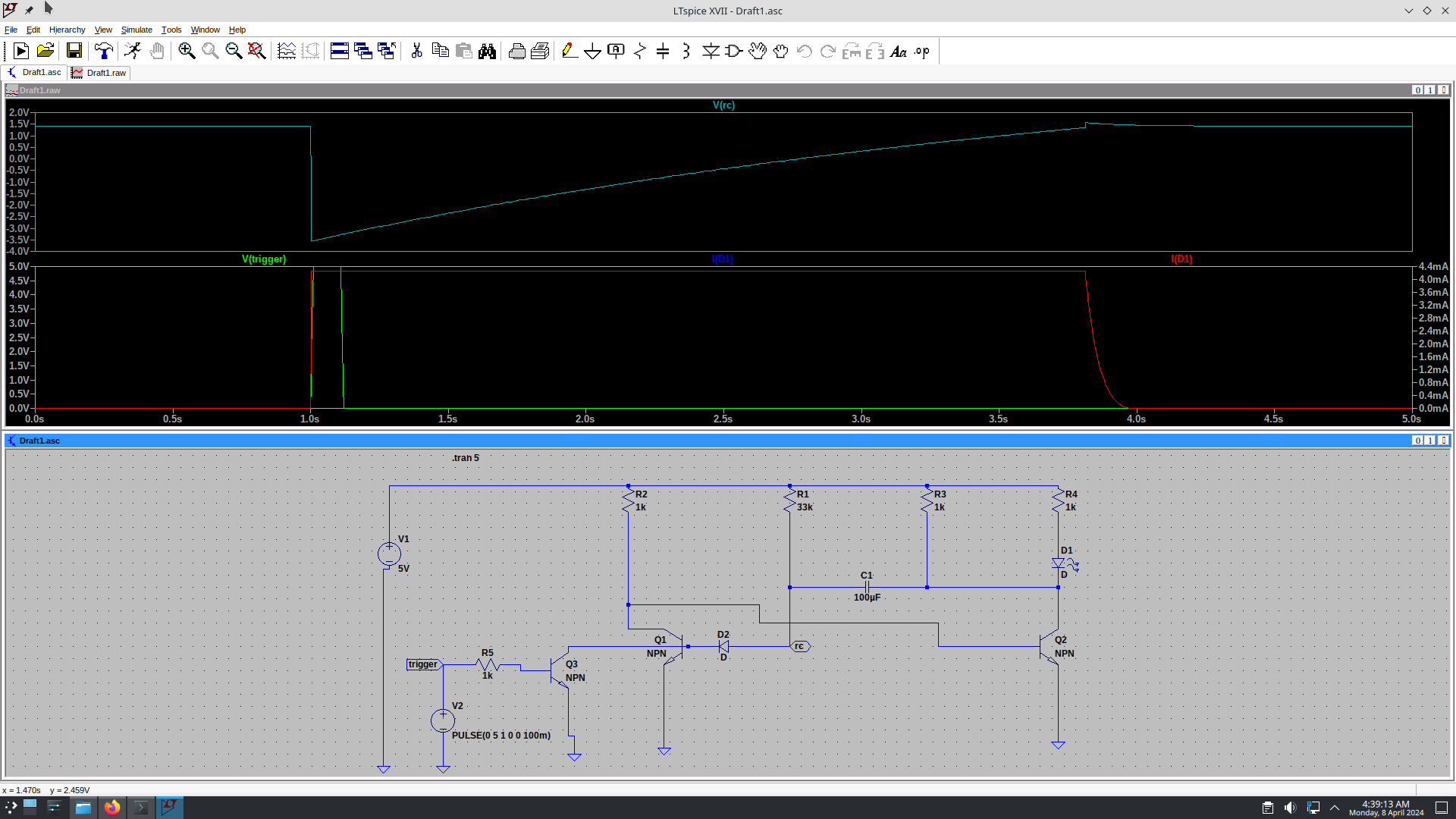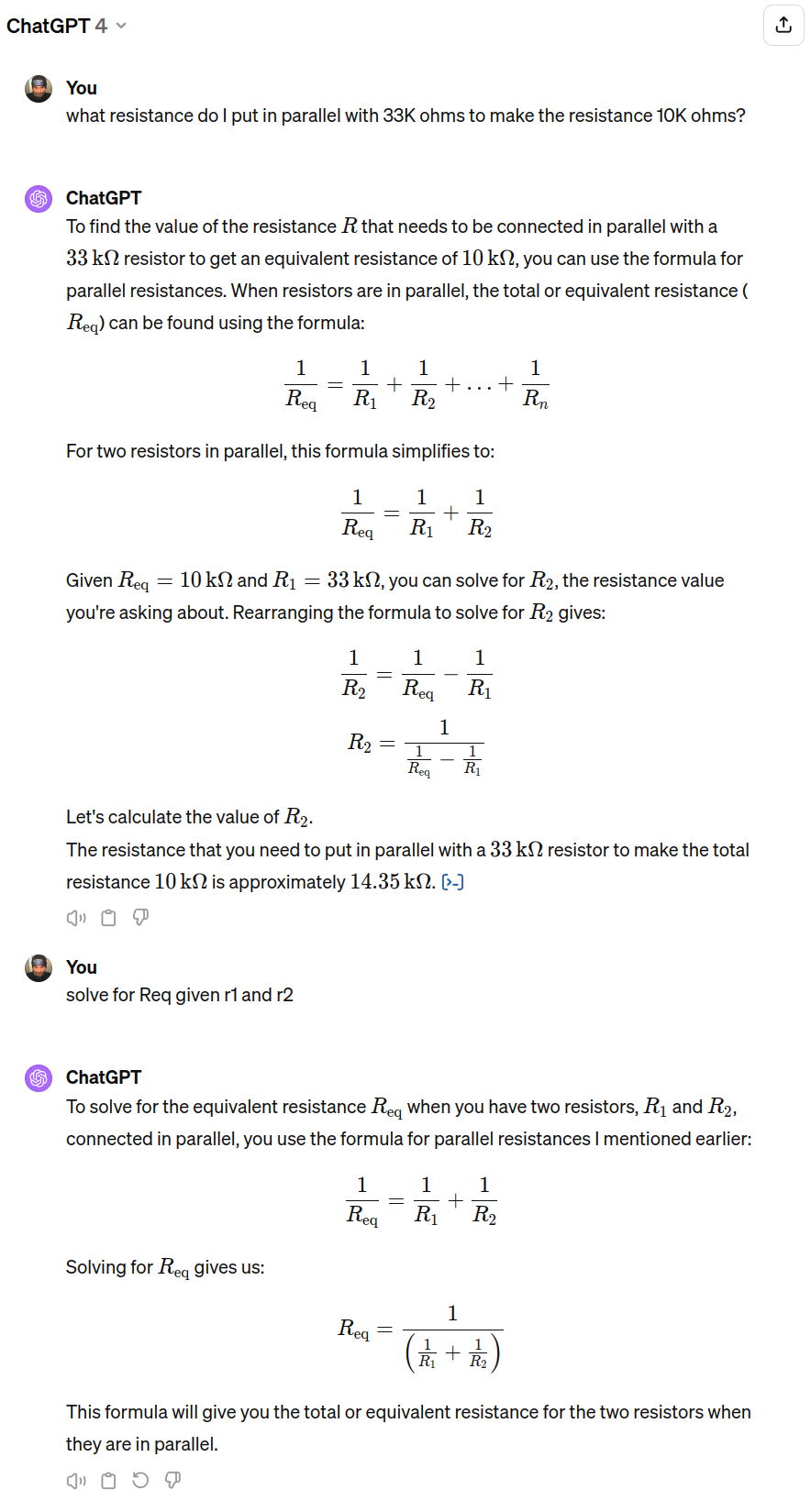Today I discovered Undocumented LTspice while reading Introduction to LTspice – MIT (PDF).
SparkFun ATTiny85 Quick Reference
Today I happened upon this ATTiny85 Quick Reference.
Dear Diary
ChipQuik Alloy
On an EEVblog video I learned about ChipQuik Alloy which has a low melting point for removing difficult SMT components with a soldering iron.
JBC Soldering
Today I stumbled upon: https://www.jbctools.com/. They have some nice looking kit! JBC was mentioned by Dave Jones in EEVblog #596 – World’s Cheapest Soldering Station – Yihua 936 so I went looking.
Quality capacitors: Nichicon
Note to self: I was watching EEVblog #378 – Dumpster Diving Teardown Repair and EEVblog #763 – Dumpster Plasma TV Bad Cap Repair and Dave Jones says Nichicon make high quality capacitors. Apparently Panasonic, Nippon Chemi-Con, Rubycon, and Cornell Dubilier are also good.
Soldering tips from Dave Jones
In his video EEVblog #186 – Soldering Tutorial Part 3 – Surface Mount Dave Jones says to use soldering iron temperature of 300°C to 350°C. He set his hot air gun at 350°C.
He also recommends 4x or 6x magnifications for 0402 SMD and recommends not to use them (or smaller) unless you have to because they can increase manufacturing costs due to being small and fiddly and requiring magnification during soldering. The smaller components can affect yield.
For solder he recommends 0.46mm solder (recommended Multicore brand). And flux. Always use flux.
Also he’s on the record as preferring a chisel tip. In this video he also demoed a thing called a “well tip“, which I have never seen or used before. Apparently good for drag soldering?
While I was researching this post I came across the Hakko Product Lineup, they have some nice looking kit!
p.s. in EEVblog #180 – Soldering Tutorial Part 1 – Tools Dave suggests solder in this order:
- 62sn/36pb/2ag
- 63sn/37pb
- 60sn/40pb
The first one with silver in it can be good for some SMT devices. The second one has a more stable melting point. The third is tried and tested but has variable range of melting points.
Note: sn = tin; pb = lead; ag = silver.
Learning LTspice
ChatGPT4 calculating resistance values
Gah!
I am way behind on my videos for In The Lab With Jay Jay, but it’s not for lack of trying! I’ve recorded the video for project 9 of the Maxitronix 20in1 something like five times now, but I still can’t release it because the circuit will not work as advertised. It’s suppose to be a demo of a monostable multivibrator, which is also known as a one-shot multivibrator, but the circuit isn’t working the way that a monostable multivibrator is supposed to work. I’m still in the process of debugging it. I think the problem is a problem with instructions and not my implementation (the instructions are fairly low quality and unreliable in my experience so far), but I haven’t arrived at the bottom of this one yet. I will continue to try and solve this conundrum tomorrow.


